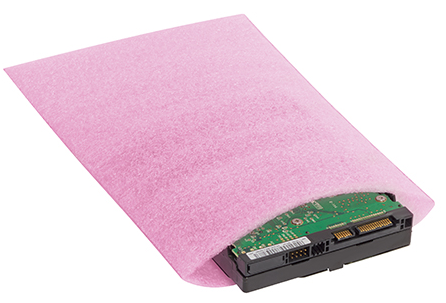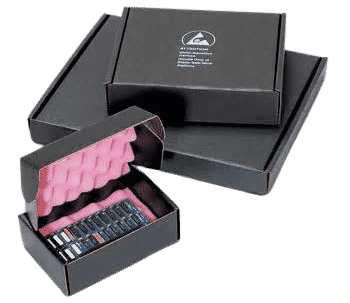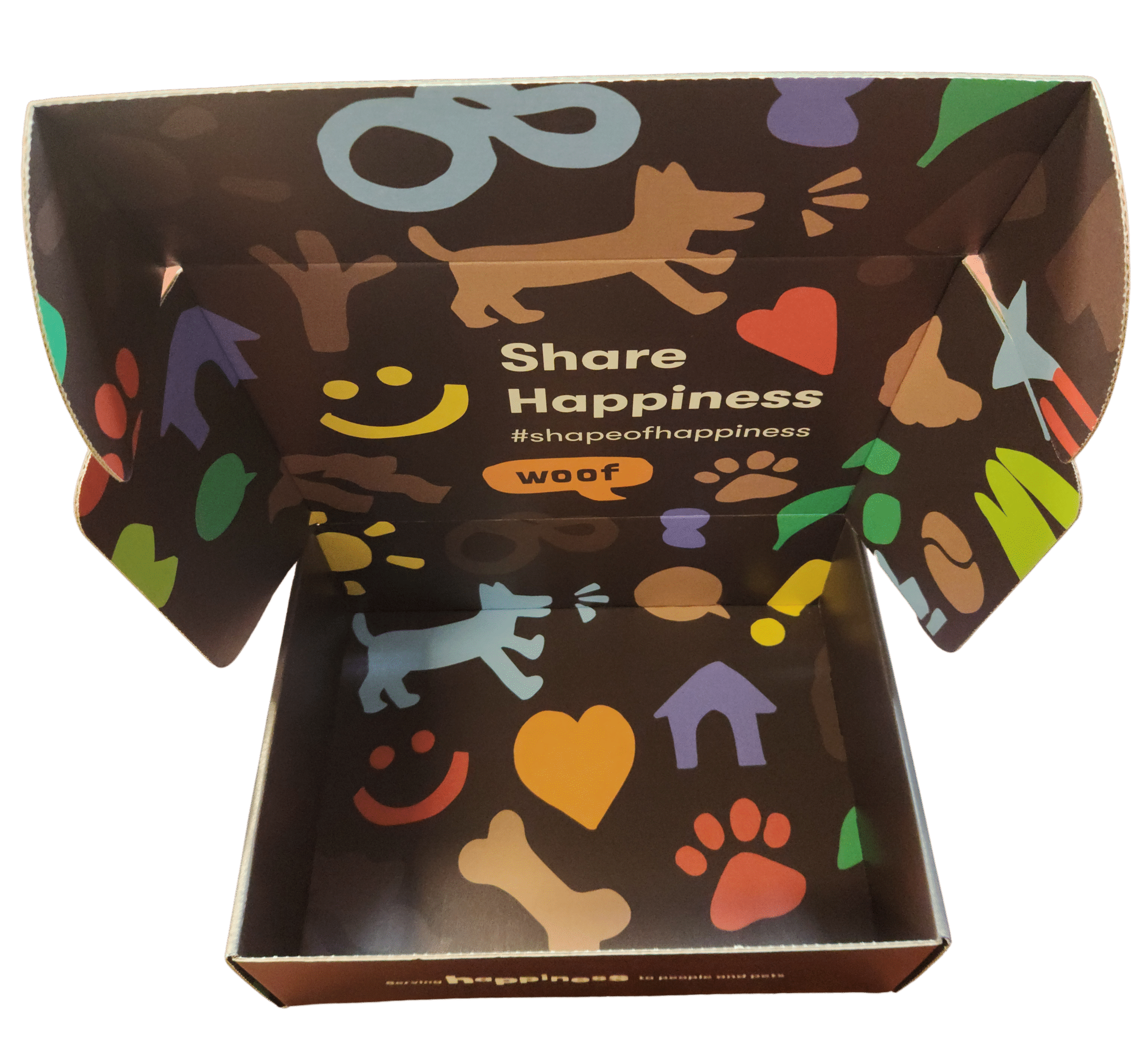Home » Anti-Static Packaging and Electrostatic Discharge Explained
Anti-Static Packaging and Electrostatic Discharge Explained

What Is Anti-Static Packaging?
Anti-static packaging is designed to control static discharge and protect sensitive electronics from electrostatic effects that can cause product failure or even ignition in flammable environments. Many businesses experience product loss, operational disruptions, and costly replacements due to improper packaging that fails to prevent electrostatic discharge (ESD).
This type of packaging is made with specialized anti-static materials and additives that dissipate static buildup, ensuring electronics remain safe during storage, handling, and transit. Available in various forms—including poly bags, bubble wrap, foam inserts, and stretch film—anti-static packaging is a critical investment for businesses dealing with sensitive electronic components.

Understanding Electrostatic Discharge (ESD)
Electrostatic discharge (ESD) is the sudden transfer of static electricity between two objects, which can damage electronic circuits and ignite flammable materials. Studies estimate that between 8% to 33% of damaged electronics suffer from ESD-related failures, costing the electronics industry billions annually.
Common sources of ESD include:
- Human Contact: A person’s body naturally generates and transfers electrostatic charges when touching sensitive components.
- Equipment & Machinery: Automated systems, conveyor belts, and trolleys generate static electricity during operation.
- Charged Insulators: Materials like plastic and polyethylene retain charges that can damage electronics through inductive discharge, even without direct contact.
To mitigate these risks, anti-static packaging is essential in environments where static-sensitive components are handled.


Products That Require Electrostatic Protection
The ESD Association recommends electrostatic discharge protection for products rated at 100 volts or higher, as these are more susceptible to static-related failures. Common products that require ESD-safe packaging include:
✔ Semiconductors & Microcircuits
✔ Computer Hardware & Components (CPUs, RAM, GPUs)
✔ Medical Devices & Equipment
✔ Flat-Screen Televisions & Monitors
✔ Aerospace & Automotive Electronics


Types of Anti-Static Packaging
Anti-static packaging products are available in stock and custom configurations to meet varying protection levels. Most anti-static materials are pink for easy identification, while conductive versions (which provide additional protection) are black.
✔ Anti-Static Poly Bags – Used for lightweight electronic parts and circuit boards.
✔ Anti-Static Bubble Bags & Rolls – Provides cushioning and static control for delicate electronics.
✔ Anti-Static Ziplocks & Tubing – Ideal for small components and moisture-sensitive devices.
✔ Anti-Static Foam – Custom-cut for impact protection and static prevention.
✔ Pallet Covers & Stretch Wrap – Shields bulk shipments from static exposure.
✔ Anti-Static Peanuts – Filler material that prevents static buildup inside packaging.
For high-value electronics, custom ESD-safe packaging solutions—such as die-cut foam inserts, shielding bags, and conductive corrugated boxes—can provide enhanced protection.

Benefits of Anti-Static Packaging
Investing in anti-static packaging safeguards your products and business operations. Key benefits include:
✔ Prevents Inventory Loss: Reduces damage and failures caused by electrostatic effects.
✔ Enhances Customer Satisfaction: Ensures product reliability, reducing complaints and returns.
✔ Saves Money on Repairs & Replacements: Minimizes costly product failures before reaching customers.
✔ Improves Product Shelf-Life & Durability: Prevents premature breakdown caused by static discharge.
✔ Meets Industry & Retail Compliance Standards: Ensures compatibility with regulatory and retailer ESD requirements.
✔ Reduces Safety Risks: Prevents fires, property damage, and injury in environments handling static-sensitive materials.

Where to Purchase Anti-Static & ESD Packaging
Not all packaging suppliers offer anti-static or conductive packaging. Many traditional packaging providers focus on standard solutions like corrugated boxes, foam, and poly bags without ESD protection.
At Brown Packaging, we supply businesses with anti-static, static-dissipative, and conductive packaging solutions, including custom and stock options. Whether you need static-safe bags, foam inserts, or complete ESD packaging systems, we can provide the right materials to protect your sensitive products.
📞 Contact Brown Packaging today to discuss your anti-static packaging needs and explore our full range of ESD protection solutions.
In the retail environment, the placement of Point of Purchase (POP) displays is just as critical as their design and content. Strategic positioning can significantly
Choosing the right foam density isn’t about “soft” versus “hard” — it’s about controlling shock transmission and matching the foam’s cushioning curve to the product’s
Moisture resistance and dimensional stability are critical performance factors for custom inserts, especially when products are shipped or stored in variable climates. Both foam and
Sustainability in pet food packaging is not just about recyclability—it’s about reducing environmental impact across the entire lifecycle. For products with high barrier needs like
Retailers place strict requirements on packaging to ensure products move efficiently through distribution centers, arrive safely, and look consistent on shelves. Non-compliance can lead to
RSC boxes dominate shipping because they combine strength with efficiency. But beyond protection, their dimensions and stacking performance directly influence freight cost, pallet utilization, and
Home » Anti-Static Packaging and Electrostatic Discharge Explained

Why Co-Packaging Becomes Critical During the Holidays As the holiday season approaches, packaging teams are under pressure to deliver high volumes of promotional sets, combo

Folding cartons are one of the most versatile forms of retail packaging—and how you print on them can make the difference between a product that

E-commerce packaging for pet products must endure far more stress than traditional retail packaging. Shipments face repeated drops, vibration, compression, and environmental fluctuations. Structural design,


